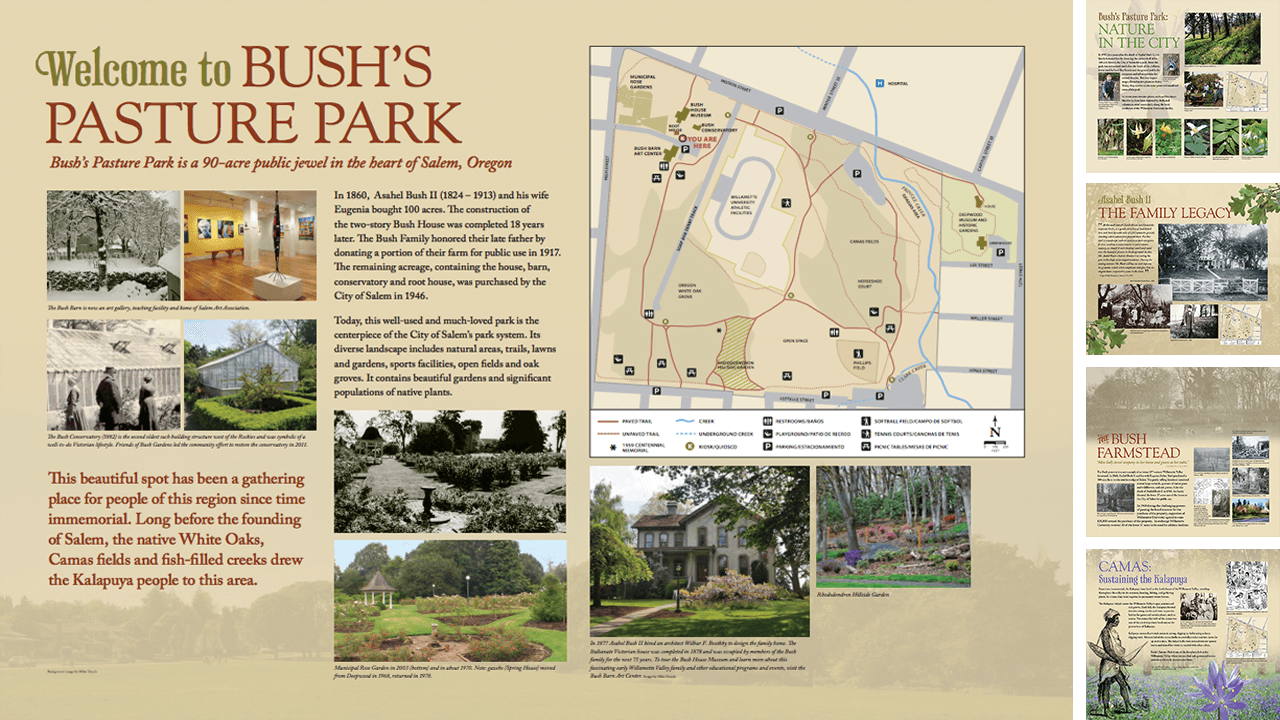Oregon White Oak Study
Oregon white oaks (Quercus garryana) are the iconic tree of the Willamette Valley and Bush’s Pasture Park. The park features hundreds of these magnificent oaks distributed throughout the park, but most are grouped in an upper (west) and lower (east) woodland. Some of the white oaks clearly pre-date the arrival of Europeans in Oregon while others were planted just last year.
Trees do not always thrive in the artificial environment of parks. For example, management practices such as leaf removal and summer irrigation create an abnormal environment while regular human activity such as walking and running compact the soil.
To address ongoing community concerns about the park’s Oregon white oaks, MSPC engaged arborists Brian French and Will Koomjian, and ecologist Matt Stone, to assess the trees’ environment, particularly the soils, and make recommendations for improvements if needed.
They reported back in May 2019. (Read the report here.) A highly summarized conclusion is that (1) trees in the lower grove inhabit good growing conditions while (2) trees in most of the upper grove inhabit compacted soils that would benefit from remediation. Both the upper and lower groves would benefit from protection against further compaction by human use, including vehicles.
The authors provide a set of overall recommendations for the park:
- Reduce or cease irrigation within the Oak woodlands to the extent possible
- Retain leaf debris within the Oak woodlands to the extent possible.
- Mulch compacted areas to the extent possible with high quality wood chips.
- Mulch critical root zones and plant native understory plants to the extent possible.
- Create policies and enforcement mechanisms to control soil compacting activities.
- Retain dead wood in the trees and on the ground to the extent possible
- Identify suitable areas to replace turf with well-defined zones of native understory plants around the driplines of mature Oregon White Oaks.
The authors also identify and provide specific recommendations for five discrete subsections of the park where white oaks grow.
The City has implemented many of these recommendations to improve the Oaks’ chances for continued survival.




